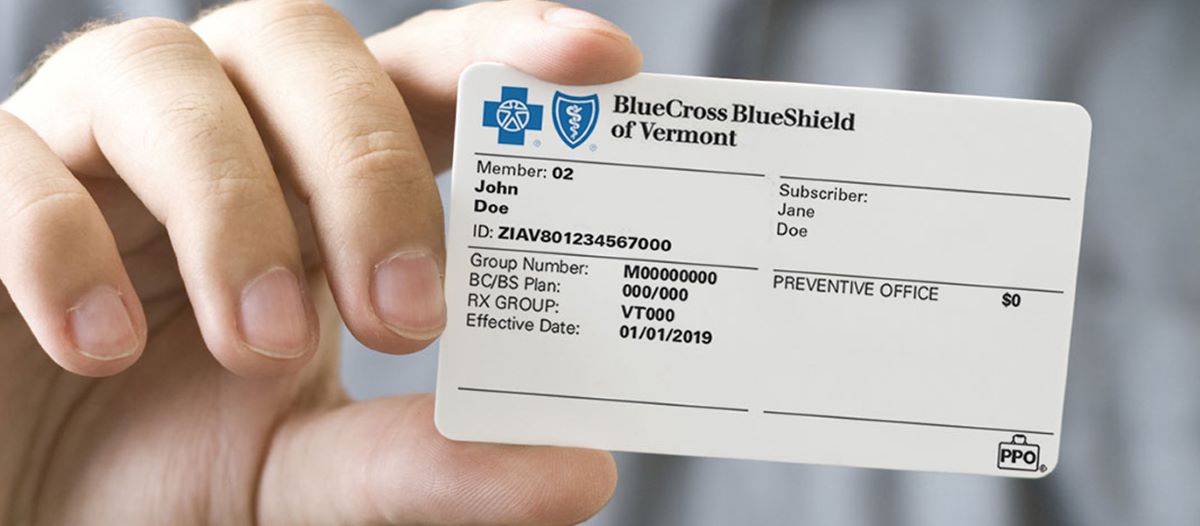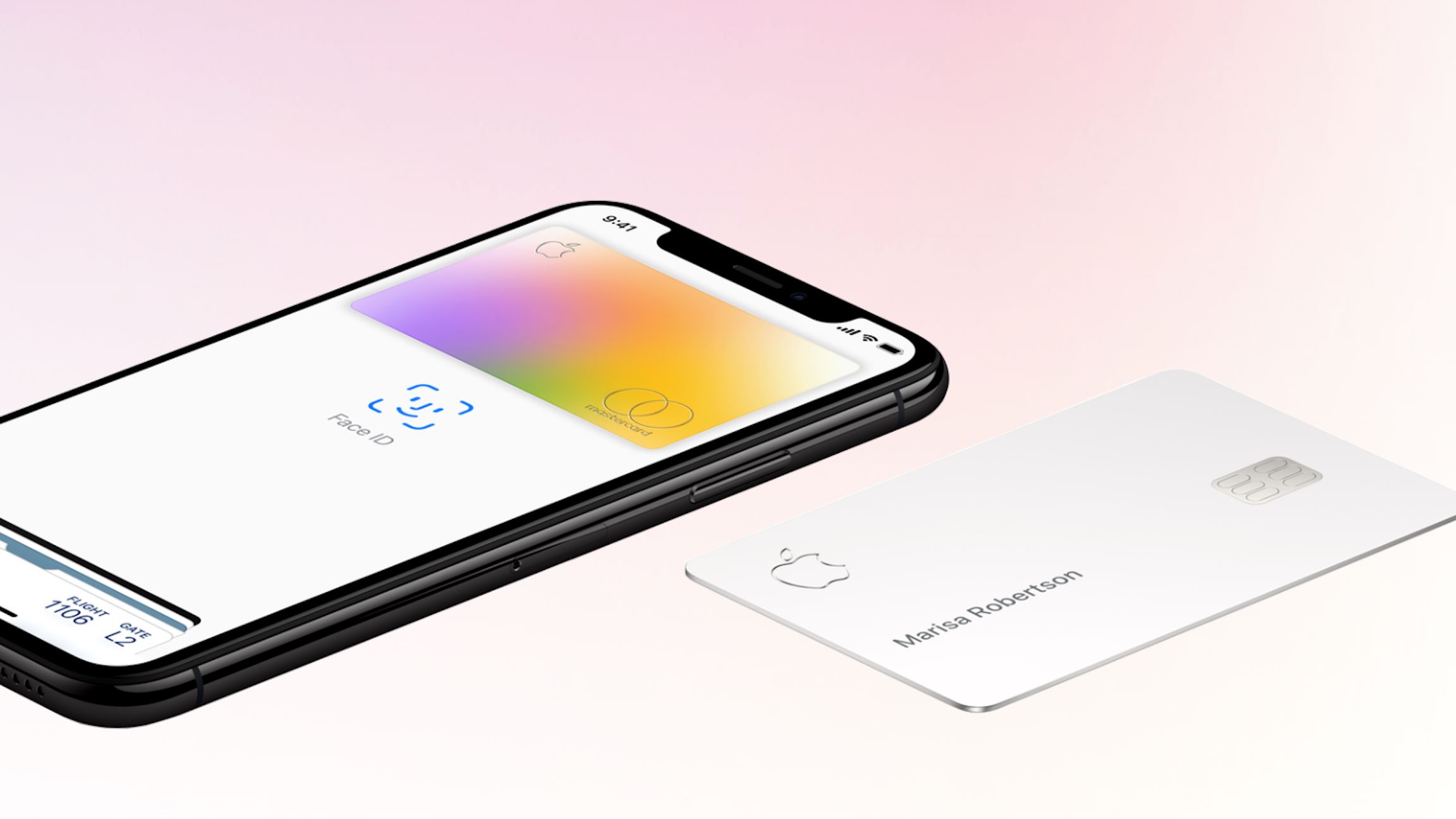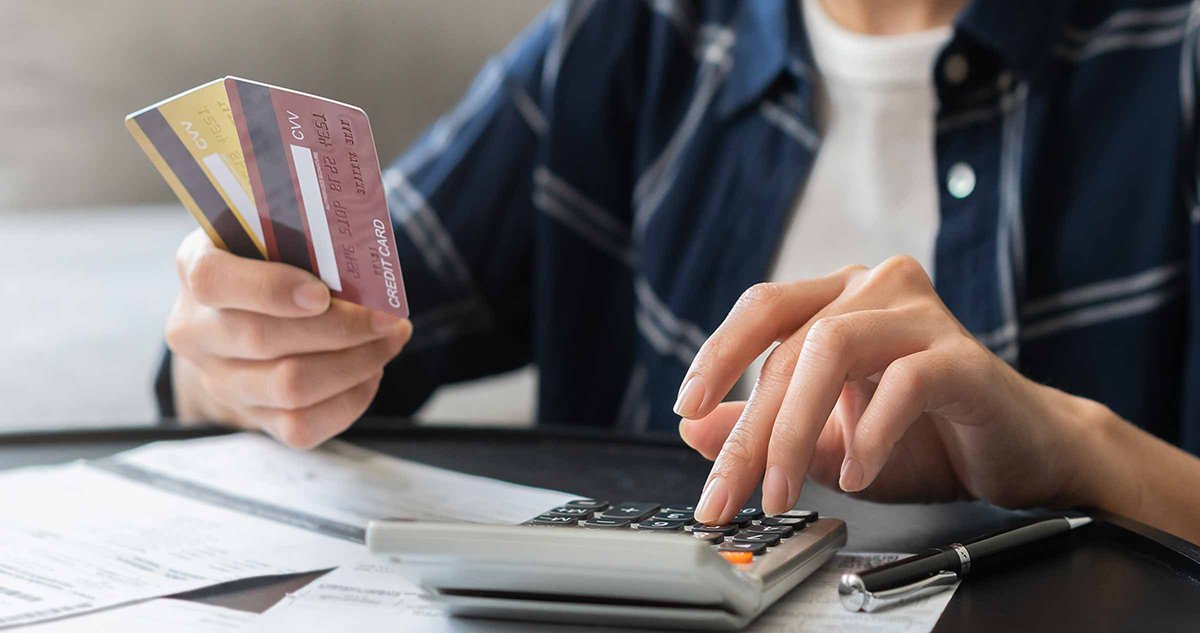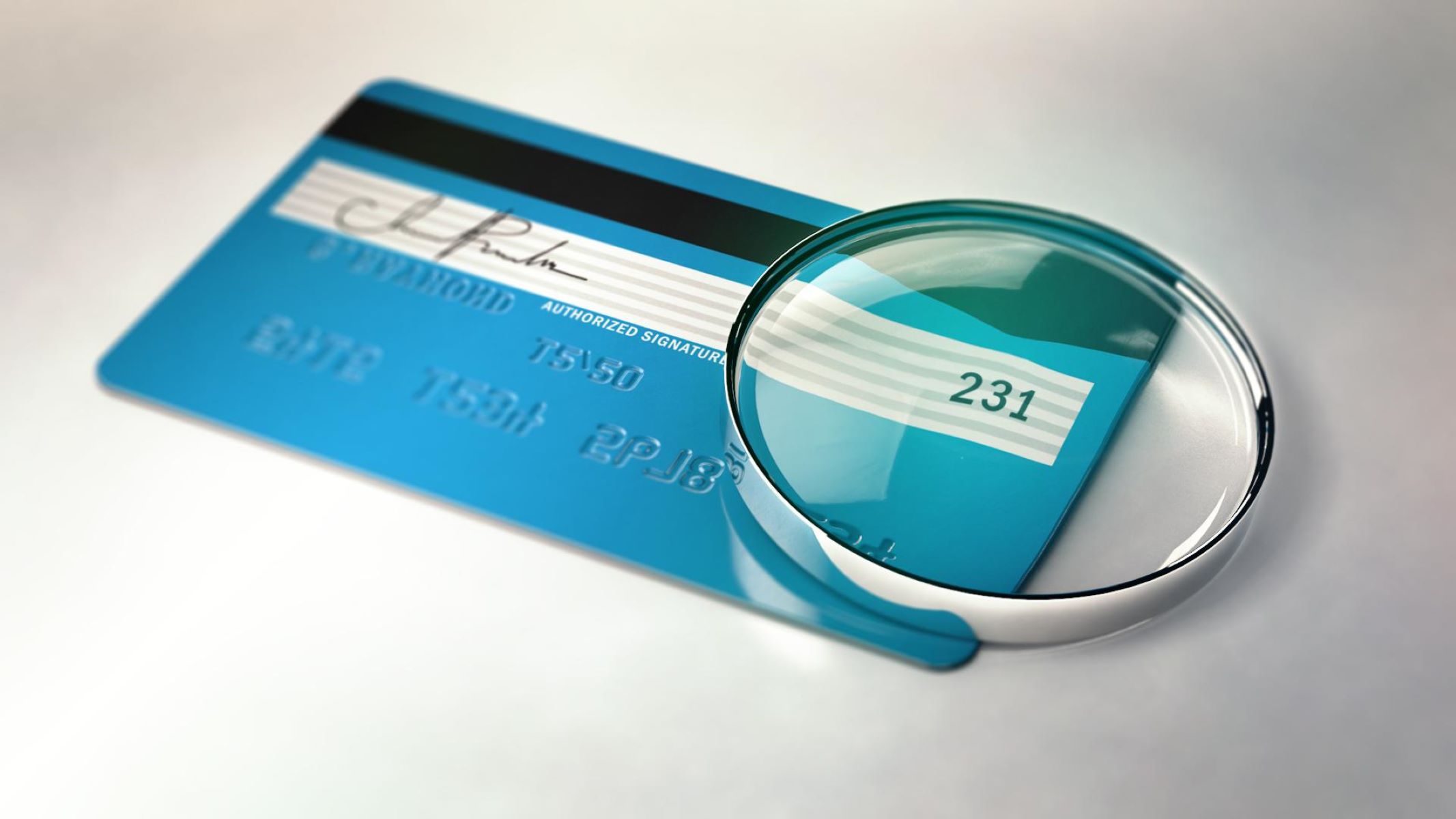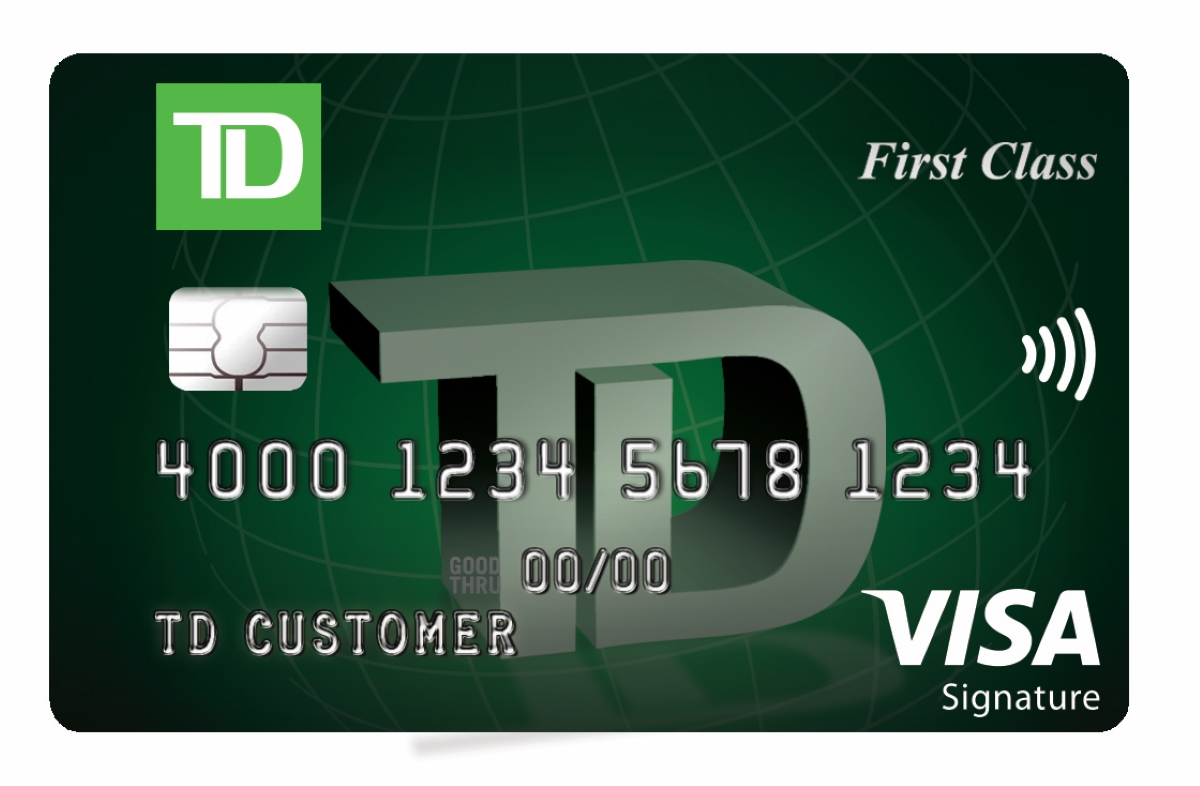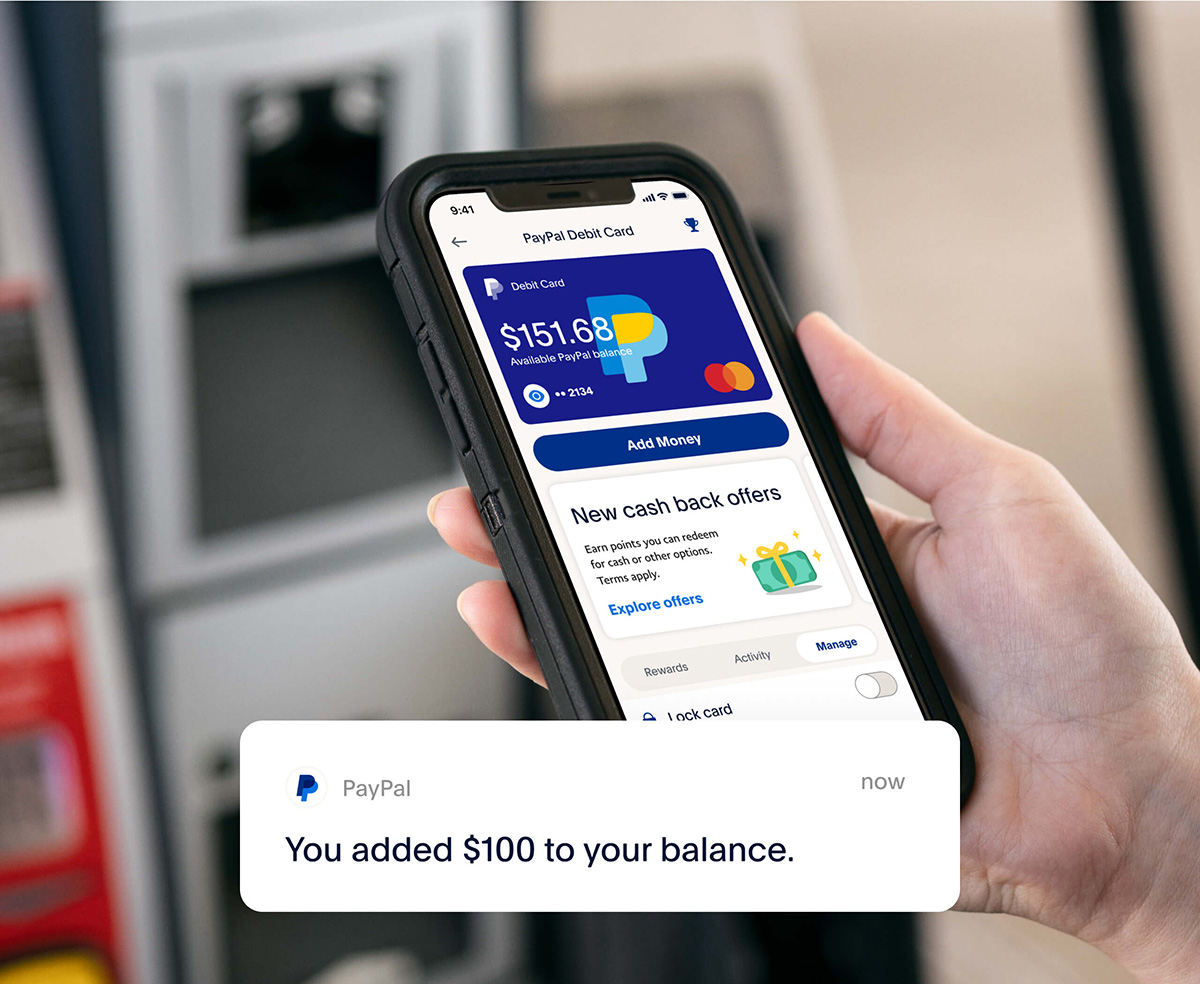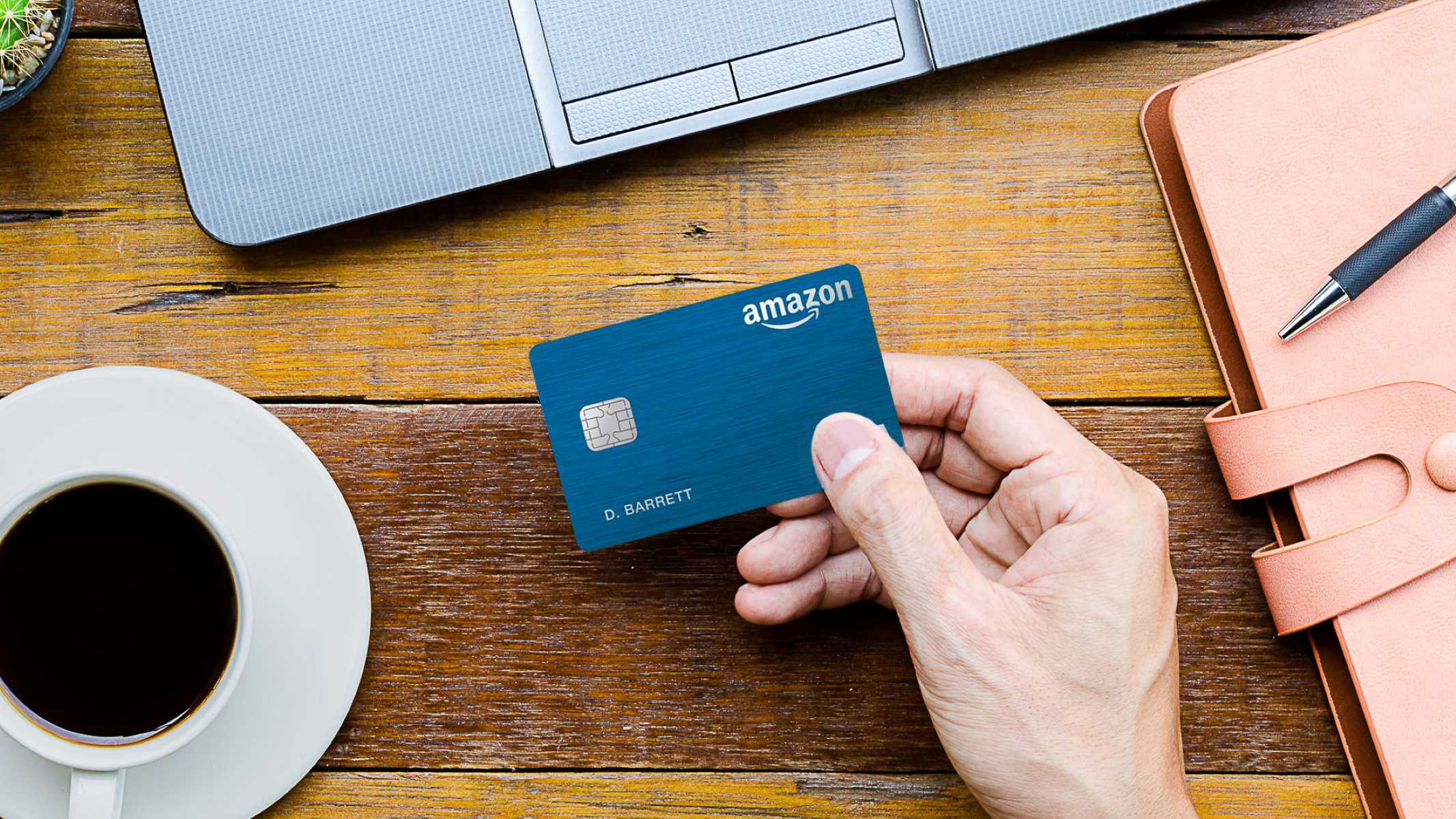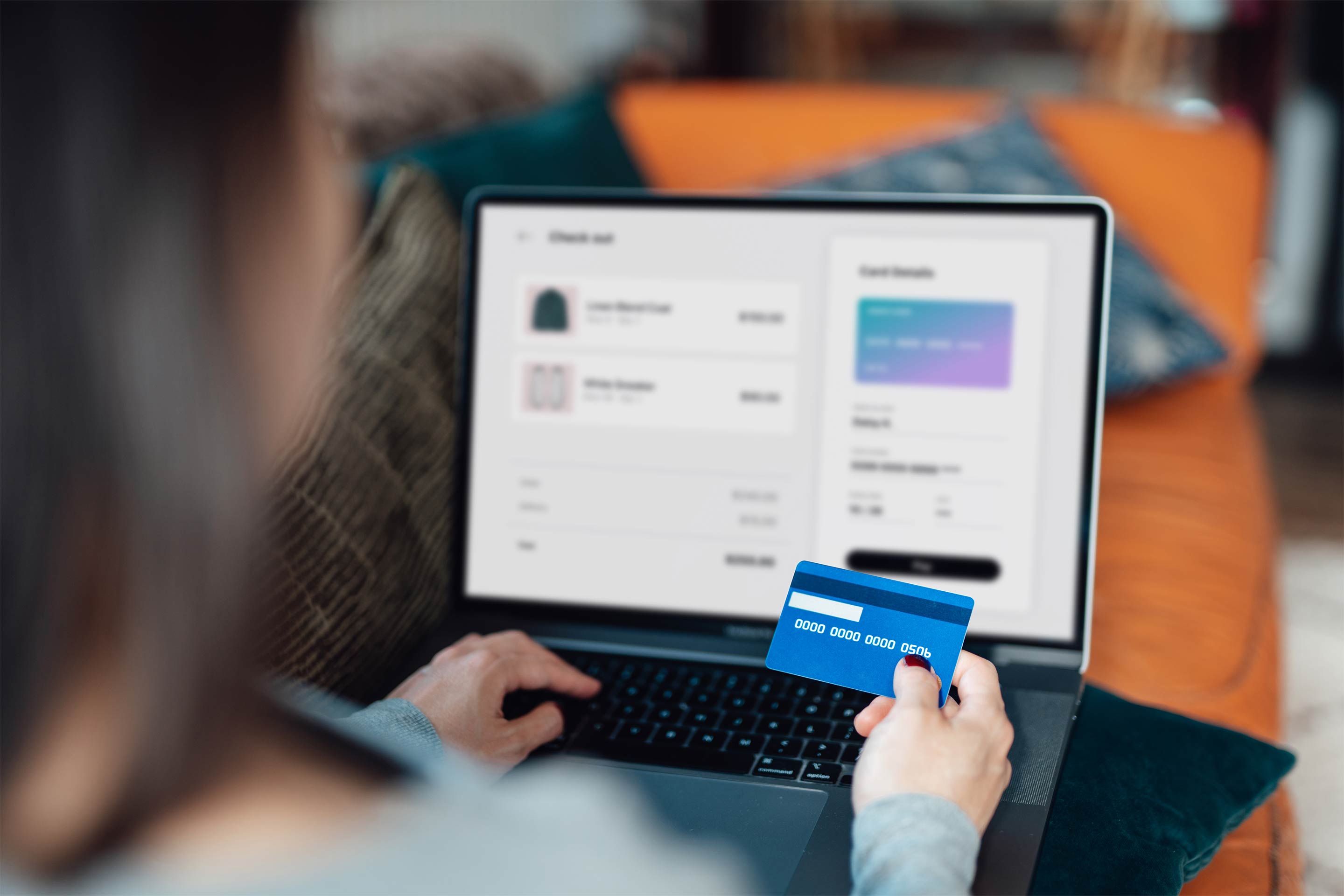

Finance
How To Find The CVV Number Of A Credit Card
Published: October 27, 2023
Learn how to easily find the CVV number of your credit card for secure online transactions. Finance tips and tricks to keep your financial information safe!
(Many of the links in this article redirect to a specific reviewed product. Your purchase of these products through affiliate links helps to generate commission for LiveWell, at no extra cost. Learn more)
Table of Contents
- Introduction
- What is a CVV Number?
- Importance of CVV Number
- Where to Find the CVV Number?
- Finding CVV Number on Different Credit Cards
- Finding CVV Number on Visa Credit Cards
- Finding CVV Number on MasterCard Credit Cards
- Finding CVV Number on American Express Credit Cards
- Finding CVV Number on Discover Credit Cards
- Finding CVV Number on Other Credit Cards
- Tips for Safeguarding CVV Number
- Conclusion
Introduction
Welcome to the world of credit cards, where convenience and security go hand in hand. When making online purchases or transactions, one crucial piece of information you will be asked for is the CVV number. But what exactly is a CVV number, and why is it important? In this article, we will explore the significance of CVV numbers, where to find them on different credit cards, and provide tips to safeguard this sensitive information.
A CVV (Card Verification Value) number is a three or four-digit code that is typically found on the back of credit and debit cards. It serves as an extra layer of security, ensuring that the person making the transaction possesses the physical card at the time of the purchase. This unique code is essential for online retailers and payment processors to verify the legitimacy of a transaction, minimizing the risk of fraudulent activities.
Understanding the importance of the CVV number is crucial in maintaining the security of your financial transactions. While your credit card number and expiration date are widely known, your CVV number acts as additional protection against unauthorized use, especially in situations where your card may have been compromised or stolen. By requiring the CVV number, merchants can verify the validity of the card, reducing the chances of fraudulent transactions.
What is a CVV Number?
A CVV (Card Verification Value) number is a three or four-digit code that provides an extra layer of security for credit and debit cards. It is also known as the Card Security Code (CSC), Card Verification Data (CVD), or Card Code Verification (CCV). The CVV number is typically located on the back of the card for Visa, MasterCard, and Discover cards, while for American Express cards, it is found on the front.
The purpose of the CVV number is to verify that the person making an online or over-the-phone transaction possesses the physical card at the time of the purchase. It acts as a safeguard against fraudulent activities, as it is not stored in the card’s magnetic stripe or chip, making it more difficult for hackers or unauthorized individuals to obtain this information.
CVV numbers are not embossed or imprinted on the card and are different from the card’s PIN number used in ATM transactions. While the primary account number (PAN), expiration date, and cardholder’s name are encoded on the magnetic stripe or chip of the card, the CVV number serves as an additional authentication factor.
It is important to note that the CVV number is not to be confused with the PIN (Personal Identification Number) used for ATM withdrawals. The CVV number is solely used for online and card-not-present transactions, while the PIN is used for in-person transactions and cash withdrawals.
When making a purchase online or over the phone, merchants usually request the CVV number to verify that the person initiating the transaction has the card in their possession. By providing this code, you help ensure the security of the transaction and protect yourself from potential unauthorized use of your card.
Now that we understand the purpose and importance of the CVV number, let’s explore where to find it on different types of credit cards.
Importance of CVV Number
The CVV (Card Verification Value) number plays a vital role in ensuring the security of online and card-not-present transactions. Here are some key reasons why the CVV number is important:
- Additional Security Layer: The CVV number acts as an extra layer of security, providing an additional level of authentication beyond the card number and expiration date. This makes it more challenging for fraudsters to conduct unauthorized transactions using stolen card information.
- Fraud Prevention: By requesting the CVV number, merchants and payment processors can verify that the person initiating the transaction has physical possession of the card. This significantly reduces the risk of fraudulent activities, as even if a fraudster manages to acquire the card details, they typically won’t have the CVV number.
- Reduced Chargebacks: Chargebacks occur when a customer disputes a transaction, claiming it was unauthorized or fraudulent. By using the CVV number as an authentication measure, merchants can provide evidence that the customer had the physical card at the time of the transaction, reducing the likelihood of chargebacks.
- Enhanced Online Security: When making online purchases, you may come across websites that ask for your CVV number. While it may seem like an inconvenience, this additional security measure ensures that your transaction is more secure, protecting your financial information from potential breaches or unauthorized access.
- Protection Against Card Theft: In the unfortunate event that your card is lost or stolen, knowing the CVV number can help you prove ownership of the card. Reporting the theft or loss of your card immediately and providing the CVV number can prevent unauthorized individuals from using your card for online purchases.
It is important to note that while the CVV number provides an extra layer of security, it is still crucial to safeguard your card information and follow best practices for online security. This includes being cautious when sharing your card information, regularly monitoring your account for any suspicious activity, and promptly reporting any unauthorized transactions to your card issuer.
Now that we understand the importance of the CVV number, let’s explore where to find it on different types of credit cards.
Where to Find the CVV Number?
The location of the CVV number varies depending on the type of credit card you have. Here are the common placements for finding the CVV number:
- Visa, MasterCard, and Discover: For these card types, the CVV number is typically located on the back of the card. It is a three-digit code printed on the signature panel, usually on the right-hand side. The CVV number is separate from the 16-digit card number and is not embossed or raised.
- American Express: Unlike Visa, MasterCard, and Discover cards, the CVV number on American Express cards is located on the front. It is a four-digit code printed above the card number, usually on the right-hand side. The CVV number on American Express cards is slightly raised and embossed, making it easier to identify.
- Other Credit Cards: Some credit cards, such as Diners Club and JCB, may have their CVV numbers in different locations. It is best to refer to the specific card issuer’s guidelines or contact their customer service to determine where to find the CVV number on these types of cards.
When providing the CVV number for a transaction, ensure that you enter it correctly. Any mistakes or typos might result in the transaction being declined or flagged as suspicious. Additionally, make sure to keep the CVV number confidential and avoid sharing it with anyone. Only provide the CVV number when necessary during authorized transactions.
Remember, the CVV number is an essential security feature that adds an extra layer of protection to your credit card transactions. By keeping it confidential and using it responsibly, you can ensure the security and integrity of your online and card-not-present purchases.
Now that we know where to find the CVV number, let’s explore how to locate it on specific credit card types.
Finding CVV Number on Different Credit Cards
The CVV (Card Verification Value) number is located in different places on different types of credit cards. Here’s where you can find the CVV number on various card types:
Finding CVV Number on Visa Credit Cards:
For Visa credit cards, the CVV number is a three-digit code located on the back of the card. It is typically printed on the right-hand side of the signature panel, following the last four digits of the card number. The CVV number on Visa cards is printed flat and does not have embossing.
Finding CVV Number on MasterCard Credit Cards:
Similar to Visa cards, the CVV number on MasterCard credit cards is also a three-digit code found on the back of the card. It is printed on the signature panel, usually on the right-hand side after the last four digits of the card number. Just like Visa, the CVV number on MasterCard is printed flat and not embossed.
Finding CVV Number on American Express Credit Cards:
In contrast to Visa and MasterCard, the CVV number on American Express (Amex) credit cards is a four-digit code located on the front of the card. It is printed above the card number on the right-hand side. The CVV number on American Express cards is slightly raised and embossed, making it easier to identify.
Finding CVV Number on Discover Credit Cards:
Discover credit cards follow a similar pattern as Visa and MasterCard. The CVV number is a three-digit code printed on the back of the card, usually on the right-hand side of the signature panel. It is printed flat and does not have embossing.
Finding CVV Number on Other Credit Cards:
For credit cards like Diners Club and JCB, the placement of the CVV number may vary. It is recommended to refer to the specific card issuer’s guidelines or contact their customer service for instructions on finding the CVV number on these types of cards.
Remember, the CVV number is a crucial security feature that helps protect your credit card transactions. Take time to familiarize yourself with the location of the CVV number on your credit card to ensure you can provide it accurately when needed.
Now that we know where to find the CVV number, let’s explore tips for safeguarding this sensitive information.
Finding CVV Number on Visa Credit Cards
Visa credit cards are widely used and recognized around the world. If you have a Visa card and need to locate the CVV number, follow these steps:
- Turn your Visa credit card over so that the back is facing you.
- Locate the signature panel on the back of the card. This is where you will find the CVV number.
- Look for a three-digit number printed on the right-hand side of the signature panel. This is the CVV number.
The CVV number on Visa credit cards is usually printed flat on the card and does not have any embossed or raised elements. It is a three-digit code that follows the last four digits of your card number.
Make sure to keep your Visa card and the CVV number confidential to ensure the security of your transactions. Never share this information with anyone or store it in an accessible location.
Note that the CVV number on Visa cards is different from the PIN (Personal Identification Number) used for ATM transactions. The CVV number is specific to online and card-not-present transactions, whereas the PIN is used for in-person transactions and cash withdrawals.
By familiarizing yourself with the location of the CVV number on your Visa credit card, you can ensure a smooth and secure online shopping experience and protect against unauthorized use of your card.
Now that we have covered finding the CVV number on Visa credit cards, let’s explore how to locate it on other types of credit cards.
Finding CVV Number on MasterCard Credit Cards
If you have a MasterCard credit card and need to locate the CVV number, follow these simple steps:
- Turn your MasterCard credit card over so that the back is facing you.
- Locate the signature panel on the back of the card. This is where you will find the CVV number.
- Look for a three-digit number printed on the right-hand side of the signature panel. This is the CVV number.
The CVV number on MasterCard credit cards is usually printed flat on the card, similar to Visa cards. It is a three-digit code that follows the last four digits of your card number.
It’s important to note that the CVV number on MasterCard cards is separate from the PIN (Personal Identification Number) used for ATM transactions. The CVV number is specifically used for online and card-not-present transactions, while the PIN is used for in-person transactions and cash withdrawals.
Remember to keep your MasterCard and the CVV number confidential to maintain the security of your transactions. Never disclose this information to anyone and avoid storing it in easily accessible places.
By becoming familiar with the location of the CVV number on your MasterCard credit card, you can ensure a seamless and secure online shopping experience while reducing the risk of unauthorized use of your card.
Now that we have covered finding the CVV number on MasterCard credit cards, let’s move on to locating it on other types of credit cards.
Finding CVV Number on American Express Credit Cards
American Express (Amex) credit cards have a slightly different placement for the CVV number compared to other card types. Follow these steps to locate the CVV number on your American Express credit card:
- Hold your American Express credit card with the front side facing you.
- Locate the front of the card, specifically the right-hand side.
- Look for a four-digit number printed above the card number on the right-hand side. This is the CVV number for American Express cards.
The CVV number on American Express credit cards is slightly raised and embossed, making it easier to identify compared to Visa and MasterCard. It is a four-digit code that precedes the card number on the right-hand side.
Ensure that you keep your American Express card and the CVV number confidential to maintain the security of your transactions. Do not share this information with others and avoid storing it in easily accessible locations.
Similar to other card types, it’s important to note that the CVV number on American Express cards is different from the PIN (Personal Identification Number) used for ATM transactions. The CVV number is specifically used for online and card-not-present transactions, while the PIN is used for in-person transactions and cash withdrawals.
By familiarizing yourself with the location of the CVV number on your American Express credit card, you can ensure a secure and seamless online shopping experience while minimizing the risk of unauthorized use of your card.
Now that we have covered finding the CVV number on American Express credit cards, let’s move on to locating it on other types of credit cards.
Finding CVV Number on Discover Credit Cards
If you have a Discover credit card and need to locate the CVV number, follow these steps:
- Turn your Discover credit card over so that the back is facing you.
- Locate the signature panel on the back of the card. This is where you will find the CVV number.
- Look for a three-digit number printed on the right-hand side of the signature panel. This is the CVV number.
Similar to Visa and MasterCard, the CVV number on Discover credit cards is typically printed flat on the card. It is a three-digit code that follows the last four digits of your card number.
Always remember to keep your Discover credit card and the CVV number confidential to ensure the security of your transactions. Do not share this information with others or store it in easily accessible locations.
It’s important to note that the CVV number on Discover cards is separate from the PIN (Personal Identification Number) used for ATM transactions. The CVV number is specifically used for online and card-not-present transactions, while the PIN is used for in-person transactions and cash withdrawals.
By becoming familiar with the location of the CVV number on your Discover credit card, you can ensure a smooth and secure online shopping experience while minimizing the risk of unauthorized use of your card.
Now that we have covered finding the CVV number on Discover credit cards, let’s move on to locating it on other types of credit cards.
Finding CVV Number on Other Credit Cards
Aside from the common Visa, MasterCard, Discover, and American Express credit cards, there are other credit card types such as Diners Club and JCB. If you have one of these cards and need to locate the CVV number, here are some general guidelines:
As card designs and features can vary, it is best to refer to the specific guidelines provided by the card issuer or contact their customer service for instructions on finding the CVV number on your particular credit card.
While the placement of the CVV number may differ, it is typically located on the back of the card for most credit card types. Look for a three-digit or four-digit code on the right-hand side of the signature panel.
Remember to keep your other credit card and the CVV number confidential at all times. Avoid sharing this information with others and store it in a secure location.
It’s important to note that the CVV number on other credit cards, like Diners Club and JCB, is separate from the PIN (Personal Identification Number) used for ATM transactions. The CVV number is specifically used for online and card-not-present transactions, while the PIN is used for in-person transactions and cash withdrawals.
By referring to the specific guidelines provided by the card issuer, you can easily locate the CVV number on your other credit card and ensure the security of your transactions.
Now that we have covered finding the CVV number on various types of credit cards, let’s move on to exploring tips for safeguarding this sensitive information.
Tips for Safeguarding CVV Number
The CVV (Card Verification Value) number is a crucial piece of information that helps secure your credit card transactions. To protect this sensitive data, here are some tips to safeguard your CVV number:
- Keep it Confidential: Treat your CVV number as confidential information. Never share it with anyone, whether online, over the phone, or in person, unless it is for authorized transactions with trusted merchants or financial institutions.
- Memorize and Don’t Write It Down: Avoid writing down your CVV number or storing it in easily accessible places, such as emails, notes, or text messages. Memorize the code so that it is not disclosed or accidentally discovered.
- Be Wary of Phishing Scams: Be cautious of phishing attempts that may try to trick you into providing your CVV number through fraudulent emails, fake websites, or phone calls. Legitimate organizations will never ask you to share your CVV number via these channels.
- Secure Online Shopping: Only provide your CVV number on secure and reputable websites that have SSL (Secure Sockets Layer) encryption. Look for the padlock symbol in the browser’s address bar and ensure the URL starts with “https://” when entering your CVV number.
- Monitor Your Statements: Regularly review your credit card statements to ensure there are no unauthorized transactions. If you notice any suspicious activity or unauthorized charges, report them immediately to your card issuer.
- Secure Digital Wallets: If using a digital wallet, ensure that your CVV number is not stored or visible within the application. Most digital wallets provide enhanced security features to protect your card information.
- Protect Your Physical Card: Keep your credit card physically secure and never leave it unattended. Treat it with the same care as you would your cash or other valuable possessions.
- Update Security Software: Keep your computer, smartphone, and other devices updated with the latest security software and patches to protect against malware and viruses that could potentially steal your CVV number.
By following these tips, you can significantly reduce the risk of unauthorized access to your CVV number and protect yourself from potential fraud or identity theft.
Remember, your CVV number is an essential security component that should always be handled with utmost care and confidentiality. Stay vigilant, and if you suspect any compromise of your CVV number, contact your card issuer immediately.
Now that we have explored tips for safeguarding your CVV number, let’s summary the key points covered in this article.
Conclusion
In conclusion, the CVV (Card Verification Value) number is a crucial element in ensuring the security of your credit card transactions, particularly for online and card-not-present purchases. Understanding the importance of the CVV number and knowing where to find it on different credit cards is essential in safeguarding your financial information.
We discussed that the CVV number provides an extra layer of security, acting as a verification code to confirm that the person making the transaction possesses the physical card. By requiring the CVV number, merchants and payment processors can reduce the risk of fraudulent activities and protect against unauthorized use of your card.
We explored the various locations where you can find the CVV number on different credit cards. On Visa and MasterCard, it is located on the back, while on American Express, it is on the front. Discover and other credit cards generally follow the location pattern of Visa and MasterCard, but it’s always best to consult your specific card issuer for precise instructions.
Furthermore, we emphasized the importance of safeguarding your CVV number. Tips such as keeping it confidential, avoiding writing it down, being cautious of phishing scams, and monitoring your statements were discussed to ensure the security of your CVV number and protect yourself from potential fraud.
By following these guidelines and best practices, you can confidently use your credit card for online transactions, knowing that your sensitive information is well-protected.
Remember, the CVV number is a valuable security measure, and it should be treated with caution. Stay vigilant, only share it when necessary and with trusted parties, and promptly report any suspicious activity to your card issuer.
Now that you are equipped with the knowledge of CVV numbers and how to protect them, you can navigate the world of online transactions with confidence and peace of mind.
